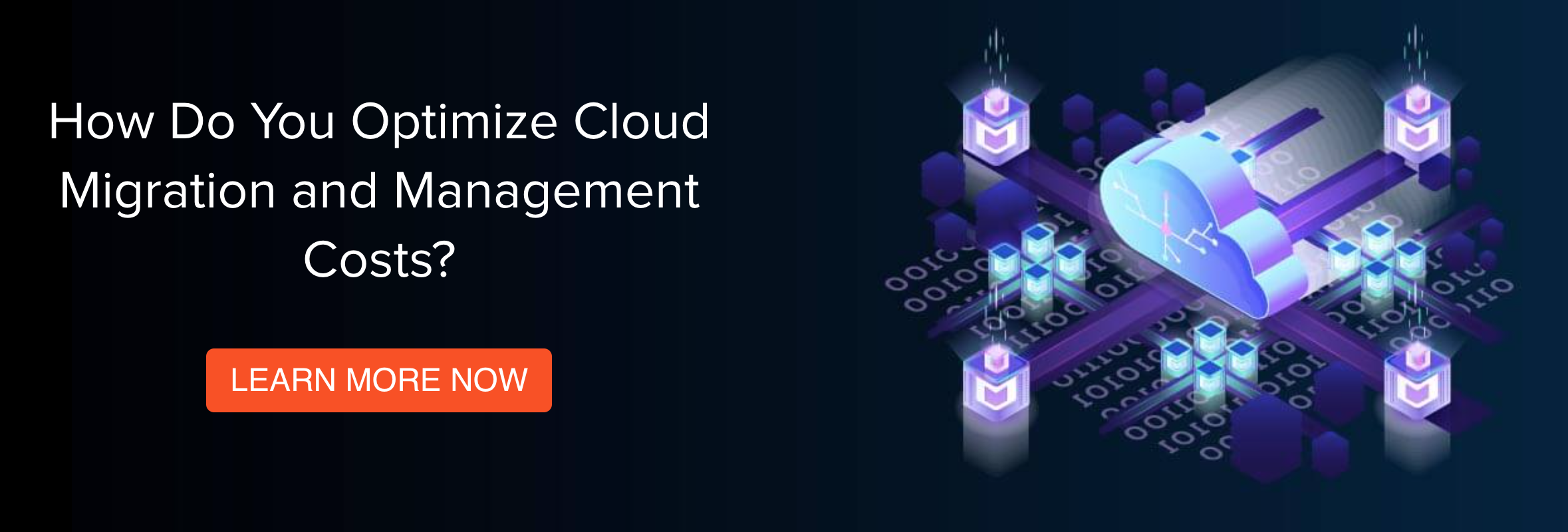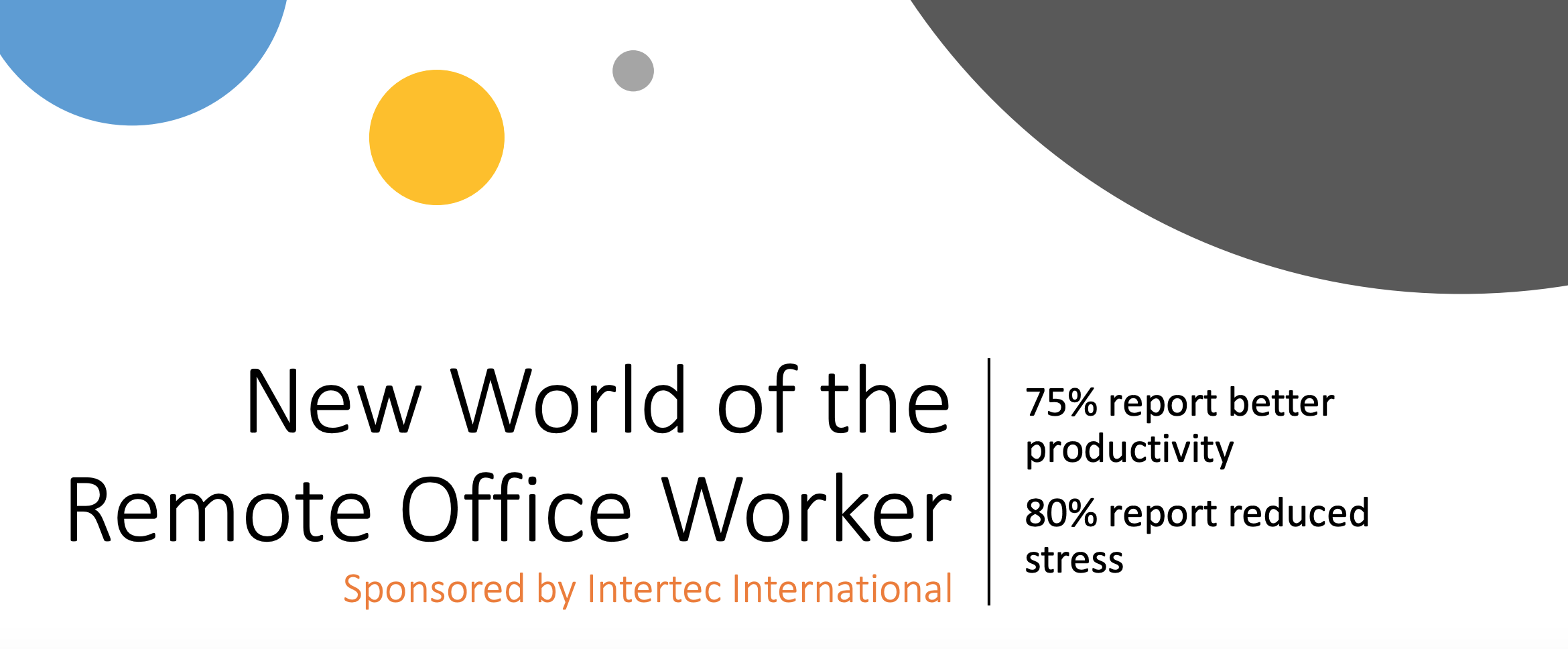According to Gartner, the cloud is one of the fastest-growing areas for IT spending, and it’s putting greater pressure on CIOs than ever before to demonstrate results in terms of cost optimizations and ROI. At the same time, a general lack of cloud skills is projected to continue for at least the next two years, meaning that IaaS migrations across the board are likely to experience delays.
 Given that, by most accounts, there aren’t really enough cloud migration skills to go around, it’s becoming less unusual for businesses across a variety of industries—e.g. insurance and healthcare companies that might have some developers on staff, but not necessarily enough to meet the stringent capacity needs of a full application refactoring project—to seek out cloud migration services. After all, hiring new developers for what you hope will be a one-time project is inefficient, and there are plenty of services providers out there who purport to have all the answers when it comes to modernizing your technology stack and migrating applications to the cloud.
Given that, by most accounts, there aren’t really enough cloud migration skills to go around, it’s becoming less unusual for businesses across a variety of industries—e.g. insurance and healthcare companies that might have some developers on staff, but not necessarily enough to meet the stringent capacity needs of a full application refactoring project—to seek out cloud migration services. After all, hiring new developers for what you hope will be a one-time project is inefficient, and there are plenty of services providers out there who purport to have all the answers when it comes to modernizing your technology stack and migrating applications to the cloud.
Of course, if you don’t have the in-house staff and expertise to handle a cloud migration, there’s also a good chance that even the prospect of selecting a services provider will be quite daunting. Luckily, we’re here to help—with a quick rundown of what your cloud migration services provider should actually provide.
Defining Your Cloud Migration Strategy
Now, before you can actually look at vendors and size up their various offerings, you need to spend a little time working on your own internal vision for your refactoring or modernization project. Typically, the first step on any cloud checklist is to establish a migration architect—someone who’s got cloud expertise that’s directly relevant to your business case and knows the ins and outs of migration projects. You might not have such a person right off the bat, but you can establish a point person to go through some of the early stages of the cloud strategy process. Specifically:
- You can establish goals and a rough vision for the outcomes of your initiative. Are you trying to reduce costs? If so, how do you expect the cloud to make that happen? Conversely, if you’re trying to update legacy technology, what factors will define success?
- You can do a quick inventory of your existing workflows. Typically, you’ll want to identify the workflows that need to be migrated and categorize them as either rehost (“lift and shift”), replatform, or refactor. This will give you an initial sense of how much work is actually going to be involved and whether your capacity can be stretched to handle it.
- Lastly, you can establish an initial sketch of migration roles and cloud governance. The latter will give you an early sense of potential configuration hurdles which you can then iron out with your provider; the former will help you establish the point person for vendor selection, etc.
From there, you should be able to move into the selecting the right services provider with less trepidation. Plus, you’ll likely learn a lot about your own technology needs and limitations that might not have been obvious to you at the outset.
Do You Need a Services Provider?
The stage above is useful for exploratory purposes, but it should also help you figure out whether you actually need or want cloud migration services. To get a sense of how valuable it would be to seek outside help, you’ll want to answer a few questions (hopefully aided by the work you did above):
- How many workloads/applications actually need to be migrated, and how many of them are straightforward lift-and-shifts vs. more complex refactorings?
- How does that translate into person-hours, and how does that estimate compare to your existing capacity?
- What are your projected costs for the migration?
- What are your projected cost savings from the modernized technology stack, and how do you expect to realize those savings?
- If those savings require complex configuration work and ongoing management, do you have in-house staff who are able to perform that work?
Basically, if you lack the internal capacity for the work you’ve already identified, you need to partner with someone who can at least extend your team. If you’re hoping to keep costs under control during and after the migration, and you don’t have someone who’s an expert in the particular cost levers that come with cloud management (right-sizing deployments, setting up reserve instances, shutting down unused instances, etc.), you might need someone with real expertise to step in and help out. Ideally, you’d be able to find team extension capabilities and real cloud expertise in the same vendor.
What Should Your Cloud Migration Services Provider Offer?
Okay, at long last we get to the features you should look for in a cloud migration service provider. While your exact needs will depend on the nature of your business and its technology stack, these are a good place to start:
- Experienced resources: Whether you really just need capacity extension or you’re looking for more technical cloud configuration help, your services provider should have the ability to provide you with developers who know their way around cloud migrations and have ideally performed them in multiple different IT environments.
- Cost savings: Yes, your cloud infrastructure should save you costs, but you also don’t want to break the bank getting there. You’ll have plenty of opportunities to shell money for skilled labor—but, in reality, it’s possible to partner with a nearshore services provider who can save you more than 25% on project costs while still providing skilled developers with significant cloud experience. Obviously, there are other factors at play here, but don’t assume that your migration services provider has to eat a huge hole in your budget.
- Flexible engagements: As you might have figured out from some of the considerations above, there’s a lot of room for uncertainty when it comes to something as complex as a cloud migration. The only way to deal with this uncertainty effectively is to approach it flexibly—and anyone you partner with really ought to be able to do the same. What does this look like in practice? It looks like SLAs and engagement models that leave room for adaptability—if you realize that you need more (or less) support than you’re getting, either because your own development teams are moving slower than expected or because your service providers’ team has been able to take on more functional components than anticipated, you won’t want to stop work in the middle to haggle over what’s officially in-scope and what’s not. Instead, you want someone who’s used to scaling up and down as needed.
- Agile experience and process expertise: In most instances, you’ll be looking for cloud-expert teams who can slot easily into your existing plans and processes—but that doesn’t mean they’re familiarity with development best practices and Agile software methodologies doesn’t matter. In fact, it’s quite the opposite: if you can find a team of developers that has strong Agile credentials, you’re more likely to get user stories that can be picked up by other developers and code that meets best practices for things like readability and commenting.
- Aftercare and cloud management/optimization: Even with a fairly complex refactoring project, the cutover from on-prem to cloud (or from one cloud to another) isn’t the end of the story. Especially if costs are a major factor in measuring success, following the initial deployment you’ll need to right-size your instances and track your workload usage to make sure you’re not paying more than you need to. From there, there’s likely to be an element of active monitoring of workloads, plus troubleshooting for cloud issues that end-users are experiencing, setup for other cloud-based tools like mobile device management, etc. Plenty of businesses do all of this in-house, but it’s nice to know that you’re working with a services provider who can also offer support in these other lifecycle stages as needed.
In a nutshell, those are the 5 most important factors to look for in a cloud migration services provider. Yes, things like Microsoft partnerships, time-zone alignment, etc. will be factors as well, but at these criteria will give you a strong foundation for making a choice that gels with your specific business needs.
How to Optimize Cost and Capacity
We mentioned in the section above that right-sizing a cloud deployment is one of the most important cost levers for technology modernization—and, indeed, it can make or break a budget that’s devoted to cost savings. But let’s take a larger view for a second.
When you’re optimizing your cloud costs, you’re not just working have the smallest possible AWS or Azure bill at the end of the month. Having control over that line item is important, but it has to sit alongside labor costs—for both internal and external capacity—as well as other cost optimizations that the cloud might power, e.g. a DevOps pipeline that reduces manual IT effort and thus saves person-hours. Again, nearshore providers can usually offer significantly lower labor costs than you’d be able to manage for internal teams—and, like with cloud monitoring and maintenance, it is possible to outsource something like DevOps to a services provider in order to free up time for your in-house teams.
At the end of the day, the upshot is this: when considering costs, you need to look at the entire cloud lifecycle. If you don't have the in-house cloud expertise to get a 360-degree view of how these cost levers interact with one another, then the most cost effective choice is almost certainly going to involve some outside help.
Learn More About Intertec's Cloud Solutions:
Intertec’s teams have hands-on experience in developing and migrating applications on leading cloud platforms. In addition to design and development, we provide a complete range of application testing, deployment and ongoing support services, including managing physical infrastructure and offering outsourced DevOps teams. Click here to learn more. Prefer a personal consultation? Go ahead and schedule a meeting with us here!









